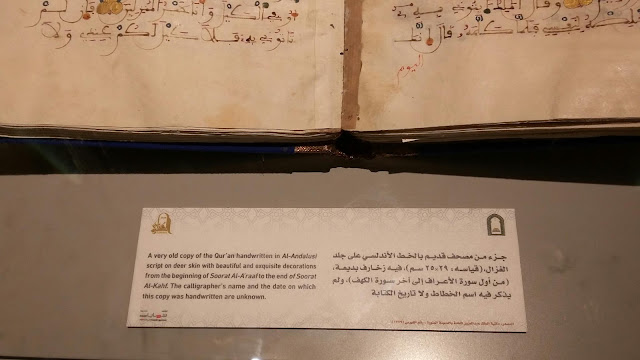بسم الله الرحمن الرحيم
There are Two Opinions on this Rule:
1. Leave a paper-thin gap between your lips
2. Do not leave a gap. Your lips should be closed and in neutral
Where?
The sign for it in the Mushaf is a small meem where the noon has turned into a meem.
Examples of Qalb are:
ن saakin or tanween followed by a ب
من بعد
عليمٌ بذات
أنبتنا
أن بورك
Examples of Ikhfaa Shafawee are:
م saakin followed by a ب
ربهم بهم
فاحكم بينهم
هم بارزون
Summary of the Research Paper into the Origin of this difference in Opinion:
A
detailed paper on the sound of 'Meem Saakinah al Mukhfaah' by Professor
Farghali Sayyid Arbaawee, graduate of the College of The Noble Qur'aan
in Madeenah. He is a researcher in Qur'aan Tajweed Linguistics.
He holds that you should not leave a gap and cites the evidence.
The
first shaykh to leave a gap and teach his students to do it was called
Shaykh Aamir bin as Sayyid bin 'Uthmaan (born in 1900 in Egypt). He
headed the committee overseeing the Egyptian Qur'aan radio and only
allowed those reciters who followed his opinion of leaving a gap to
recite on it. This is how it spread worldwide and became famous and
accepted. There is no evidence from the previous scholars that leaving a
gap is authentic. Therefore even his students reverted back to not
leaving a gap.
One of his famous students includes Dr. Ayman Swayd. He studied this
particular issue for years and finally concluded that there was no
evidence for it. He has been awarded a prize by the HQMI for best
researcher and has conducted numerous TV programmes teaching tajweed and
memorization in Saudi.
Conclusion: do not leave a gap, close your lips gently on pronouncing the meem followed by a baa.
Allaahu 'alam.
Arabic Source:
http://www.ahlalhdeeth.com/vb/showthread.php?t=18366

























